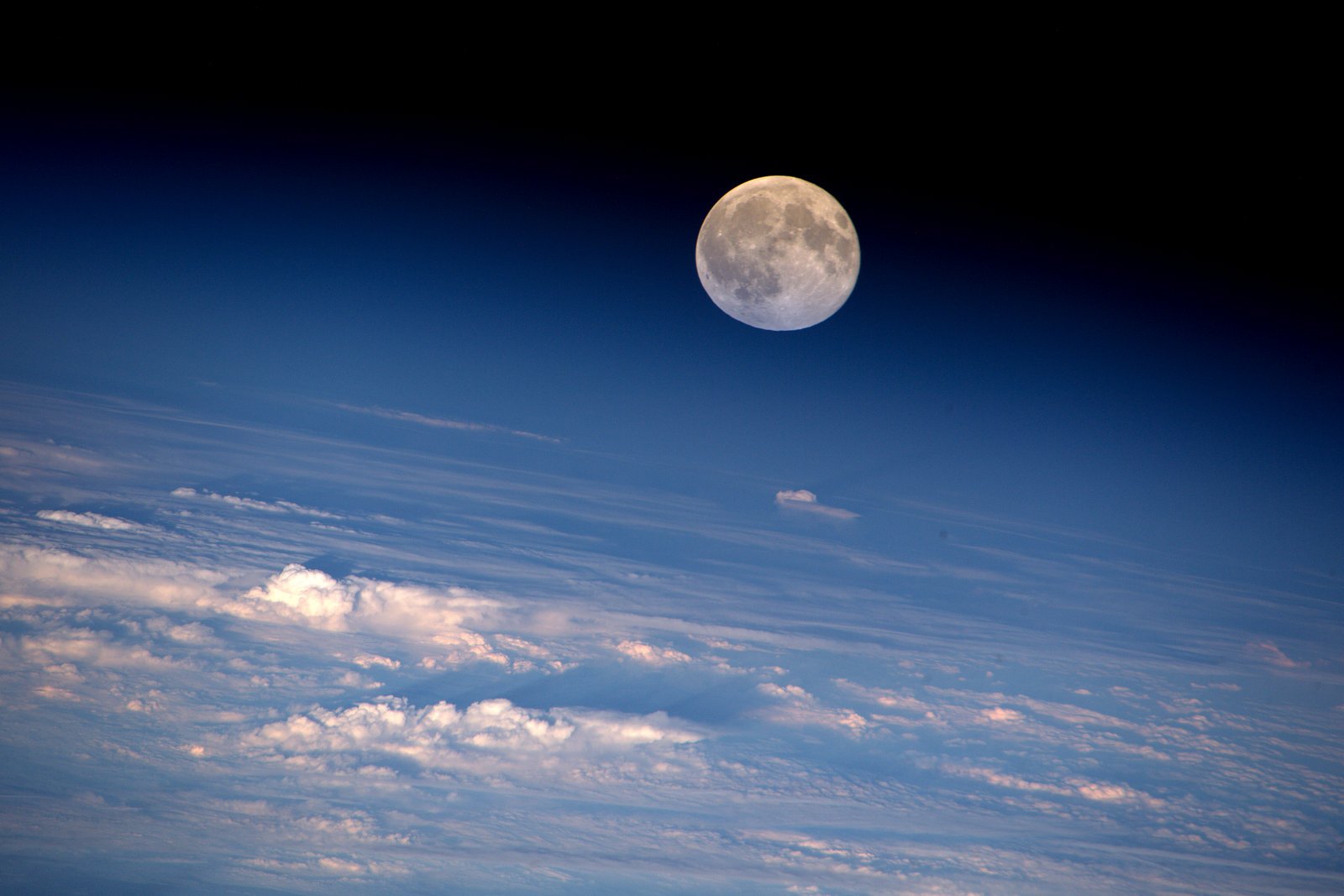Meet IMPACT, the game that combines science with resource management and city-building elements. Your main goal is to create a lunar base, one building at a time, while contributing to real science research that will help us go back to the Moon.
During this decade and the next, humankind will return to the Moon for the first time in over 50 years. The Moon looks very different from Earth; the lunar surface is riddled with millions of craters which represent a major hazard for future missions.
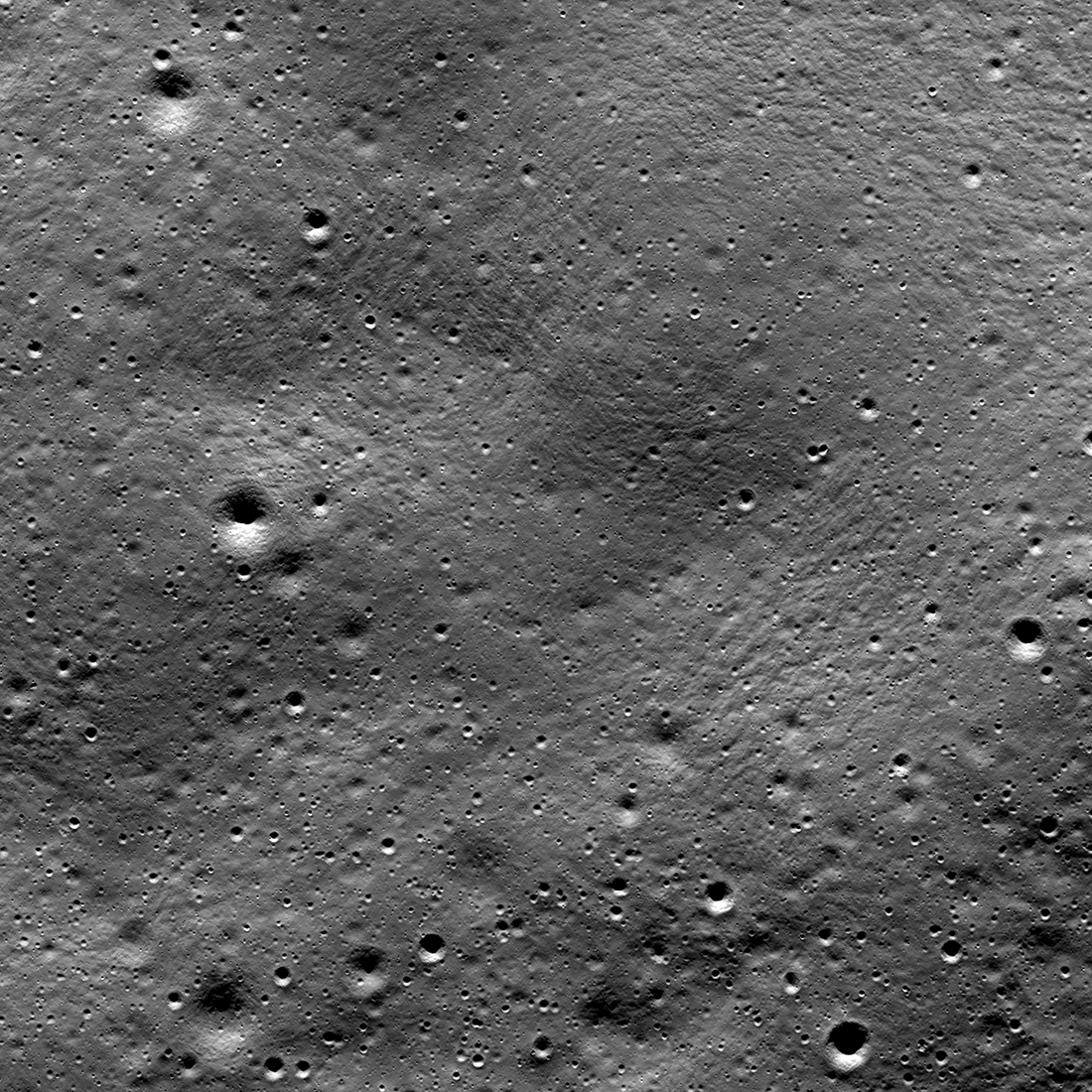
A view of the South Pole Aitken basin taken by the Lunar Reconnaissance Orbiter.
Credit: NASA/Goddard Space Flight Center/Arizona State University
Many hands make light crater recognition
To find safe sites for Moon missions, teams on Earth would need to detect all craters on the lunar surface, from the largest to the smallest. NASA’s Lunar Reconnaissance Orbiter has been mapping the Moon since 2009 and delivered millions of images. However, wading through all of them manually with a small team would take too long. Classic algorithms could also be used, but these can miss up to a fifth of the craters.
The best solution is to use AI-based image recognition, where the algorithm can learn what a crater looks like so it can identify them in new images. However, this requires training the algorithm using a large dataset of already-marked craters.
Since there is currently no such database, the team would have to create their own. This brings us back to the start – identifying craters manually, which would involve a lot of work… except if you ask for some help! While we are at it, why not make the process a bit more fun?

Build a lunar base on the Moon, complete with habitats for astronauts, regolith mining, filtering facilities and more.
Credit: ESA/Darmstadt University of Applied Sciences
Making (an) IMPACT
Developing a game first and foremost was the goal of Marius Schwinning, research fellow in mission analysis and operations at ESA, who wanted to extend the traditional crowdsourcing approach such as MoonZoo, into a game format that would keep participants motivated. Marius worked with Stephan Jacob, Professor for Game Design and Development at the Darmstadt University of Applied Sciences in Germany, whose students developed the initial prototype.
IMPACT combines science with resource management and city-building elements. Your main goal is to create a lunar base, one building at a time, using realistic processes that are currently being researched such as the mining and refinement of regolith, or lunar dust, to construct habitats for astronauts, machines and rovers. Later in the game, you can also explore historical lunar landing sites. To progress further, you need to gather extra resources by playing a minigame – this is where the science comes in.
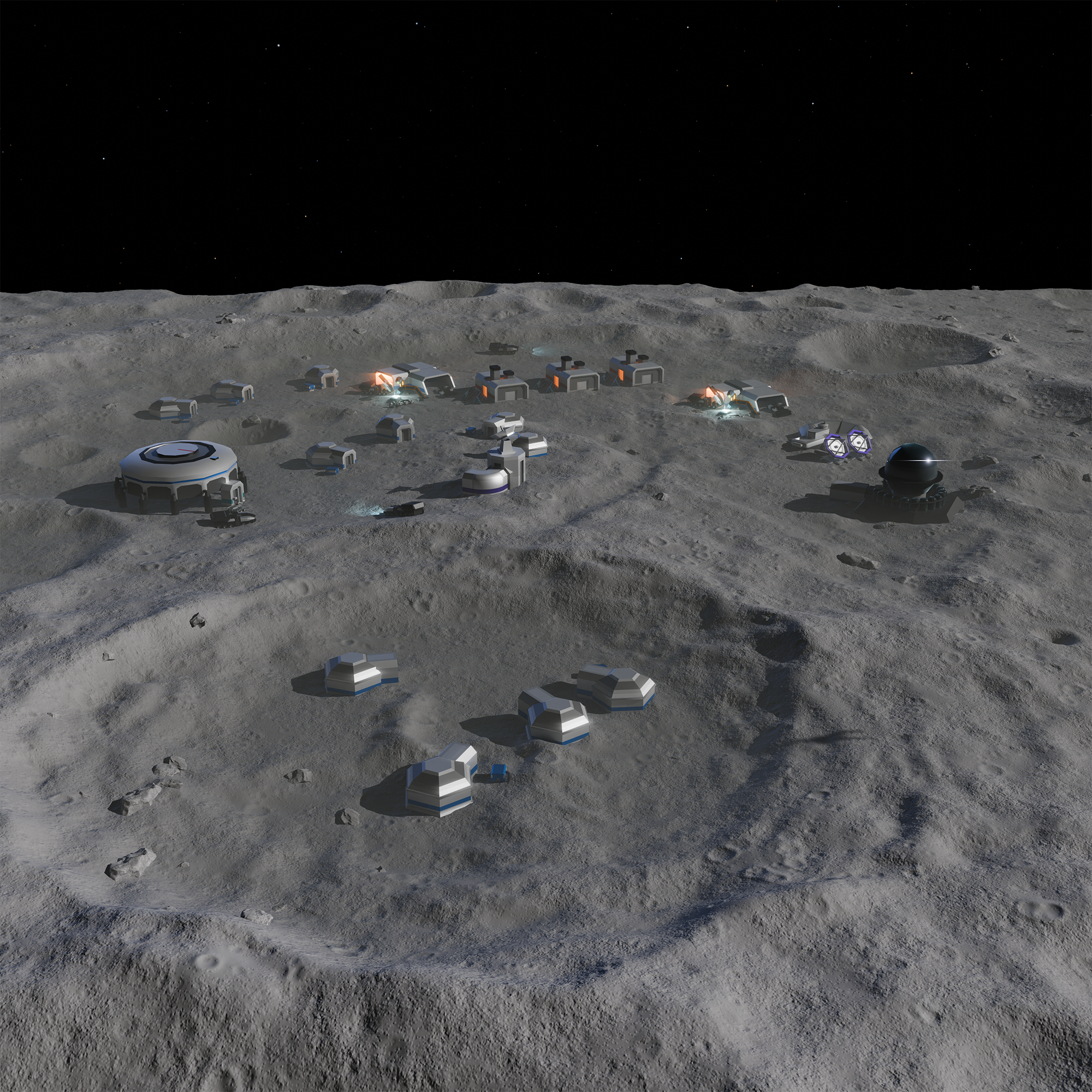
Build a base on the Moon and contribute to science in IMPACT.
Credit: ESA/Darmstadt University of Applied Sciences.
One small puzzle for a player, one giant heap of data for the scientists
In this minigame, you can contribute to creating a database of recognised craters by marking them on real satellite images from the Lunar Reconnaissance Orbiter. After a brief training using pre–marked images, you progress onto marking new craters, occasionally revisiting known images to assess your performance. To ensure data quality and accuracy, the AI compares submissions from multiple players before deciding whether a marked spot is indeed a crater. Curious about the results? Worry not: the dataset created from player contributions will be made publicly available, benefitting not just ESA, but the entire scientific community.
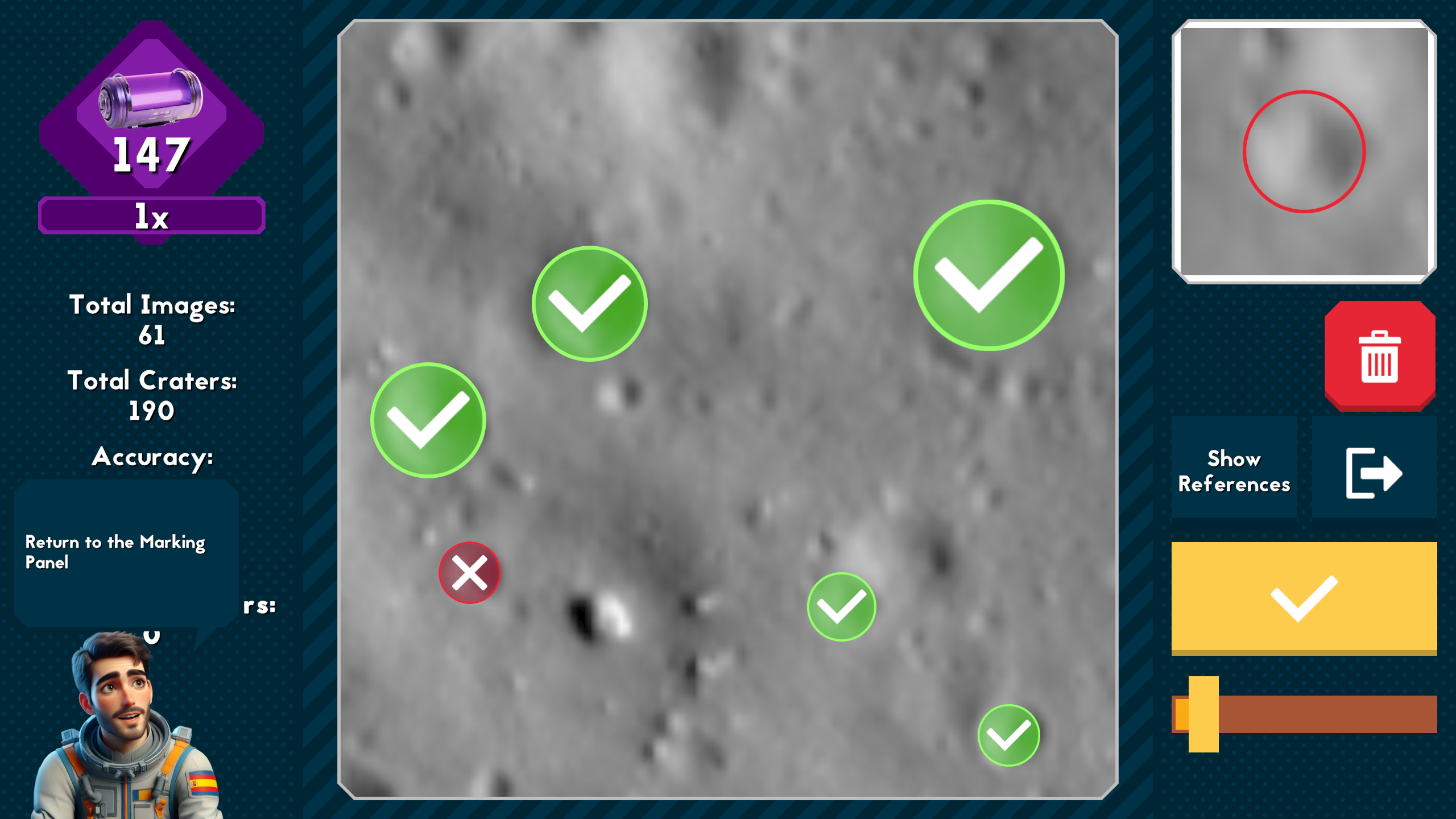
Tap on the screen to mark a crater; at the beginning the images are pre-marked and you are given a score, but as the game progresses, you’ll be marking new images.
Credit: ESA/Darmstadt University of Applied Sciences.
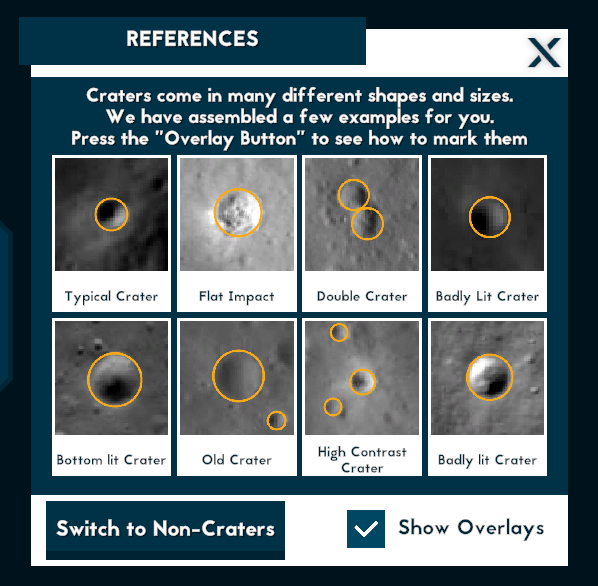
The start of the game includes a tutorial showing you how to mark craters.
Credit: ESA/Darmstadt University of Applied Sciences.
ESA on the Moon
Lunar exploration is an important part of ESA’s Terrae Novae exploration strategy: ESA plays a key role in the NASA-led Artemis programme, contributing the European Service Modules that provide life support for astronauts in NASA’s Orion spacecraft and propel the spacecraft in deep space, as well as vital modules for the lunar Gateway ESA is also providing scientific experiments that will go to the Moon and developing its Argonaut lunar lander to land on any region of the Moon, launched from Earth on an Ariane 6 rocket in 2031.
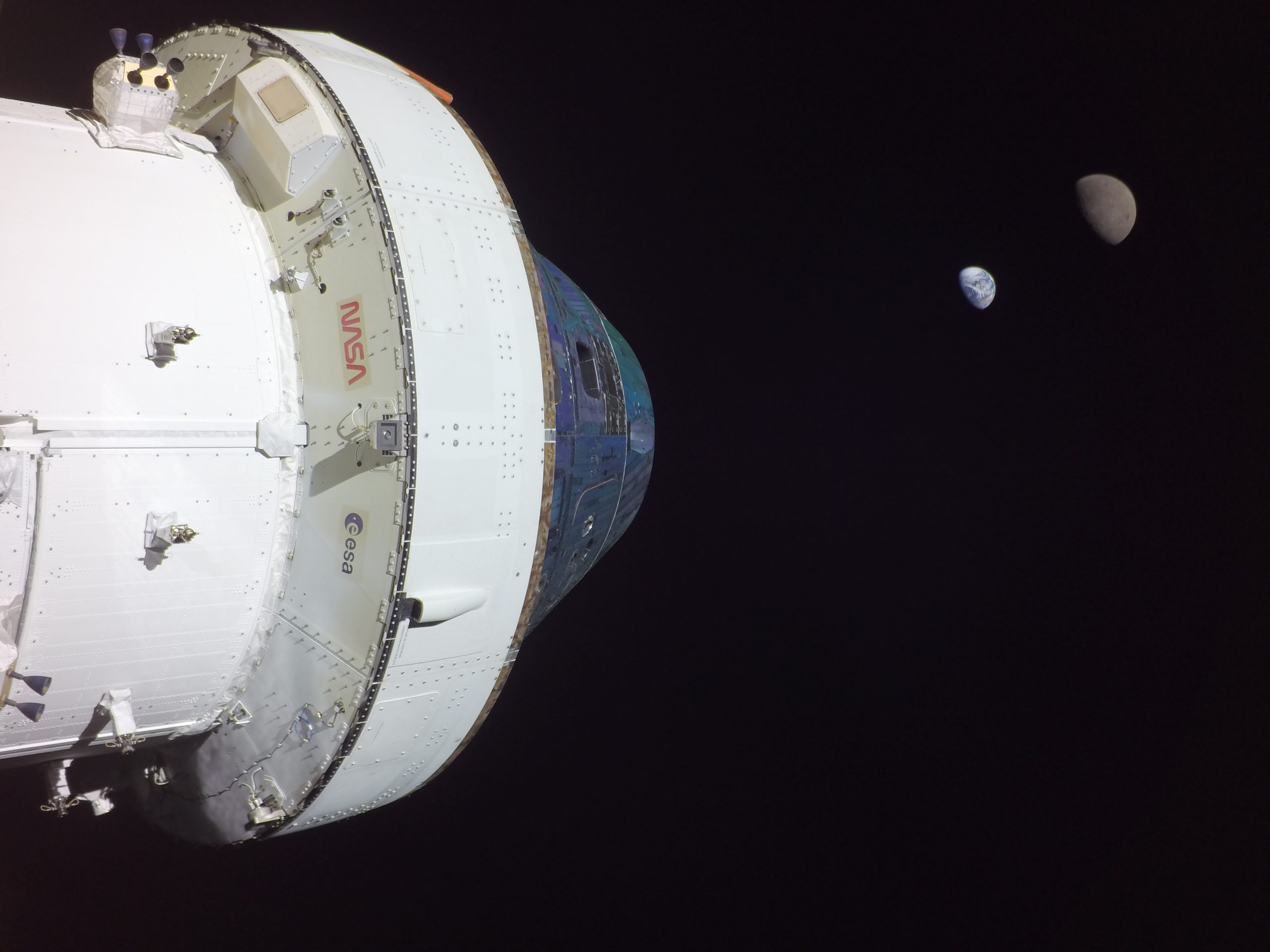
A view of ESA’s European Service Module powering NASA’s Orion spacecraft during Artemis I. Credit: NASA
Want to help us go forward to the Moon? Watch the IMPACT trailer here and download the game on Android and Steam (and soon from the App store, too!).


